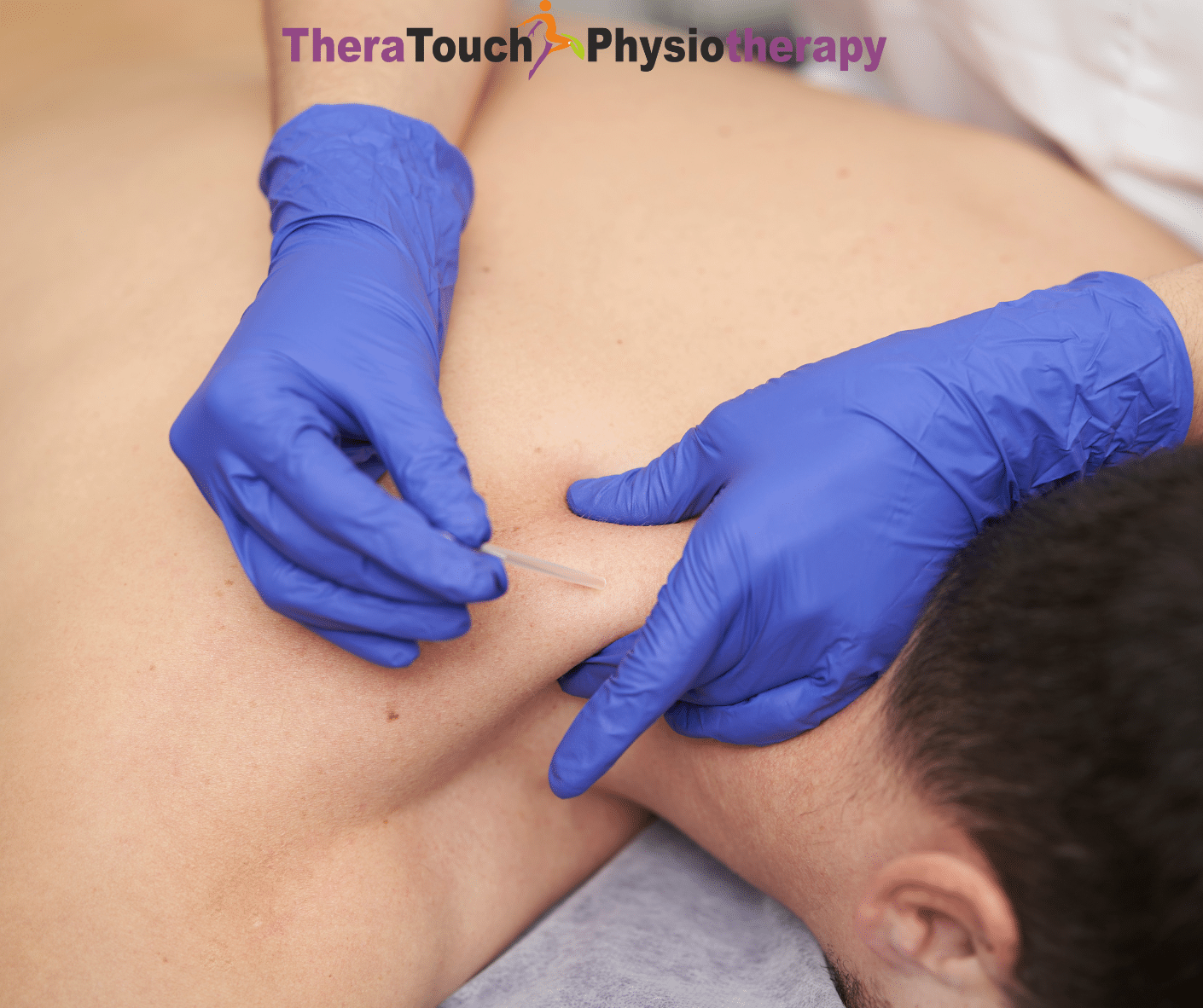Boost Performance & Speed Recovery: The Benefits of Dry Needling for Athletes
Dry needling offers athletes an effective way to manage muscle pain, improve mobility, and recover faster. This technique targets the specific muscles that are causing you discomfort or dysfunction. Unlike acupuncture, which is based on traditional Chinese medicine, dry needling focuses on modern medical principles and directly addresses musculoskeletal issues.
The treatment involves inserting thin, sterile needles into trigger points within your muscles. Trigger points are tight knots that form when your muscles are overused or injured. These points can restrict your movement, cause pain, and create imbalances in how you move. By stimulating these areas, dry needling releases the tension, restores blood flow, and resets the muscle’s natural function.
How Dry Needling Can Transform Your Recovery
Athletes frequently push their bodies to the limit, which can lead to soreness, stiffness, or even chronic pain. If your calves feel tight after a long run, or if your shoulders ache after intense swimming sessions, this directly targets those problem areas. When the needle activates a trigger point, your muscle responds with a brief twitch, which releases built-up tension and allows the muscle to relax.
This process also improves circulation. When blood flow to your muscles increases, more oxygen and nutrients reach the treated area. This boosts your body’s ability to repair damaged tissues, reduces inflammation, and flushes out waste products, such as lactic acid. As a result, you recover faster and feel ready to train again sooner.
For many athletes, dry needling is also a game-changer when it comes to flexibility. Tight muscles can restrict your movement, making it difficult to perform at your peak. For example, if you struggle to reach full range of motion during a squat or find it challenging to rotate your shoulders freely, dry needling can help restore your mobility. With improved flexibility, you’ll move with greater ease and reduce the risk of injuries during training or competition.
Addressing Common Athletic Issues
This is effective for treating a wide range of conditions that athletes commonly face. If you experience muscle strains, tendonitis, or persistent soreness, this technique can provide significant relief. Overuse injuries, such as shin splints or tennis elbow, respond well to dry needling because it targets the underlying muscle tightness that contributes to the pain. Chronic conditions, such as lower back pain or neck stiffness, can also improve with regular sessions.
Integrating Dry Needling Into Your Routine
To get the most out of this, it works best when combined with other physiotherapy techniques. Strengthening exercises and stretching routines complement the effects of dry needling by helping your muscles adapt and stay balanced. For example, if your hamstrings frequently feel tight, releasing the tension through dry needling followed by specific stretches and strength-building exercises can prevent the issue from recurring.
Your physiotherapist will guide you on how often you should include dry needling in your recovery plan. The frequency depends on your level of activity, the severity of your discomfort, and your performance goals. For some athletes, regular sessions become a cornerstone of their training and recovery strategy.
Maximize Your Potential
Dry needling is a powerful tool for athletes looking to improve their performance, recover faster, and reduce pain. By addressing the root causes of muscle tension and dysfunction, it allows your body to move more freely and perform at its best. Whether you’re a professional athlete or someone who loves staying active, this treatment can help you achieve your goals while keeping your body strong and resilient.

